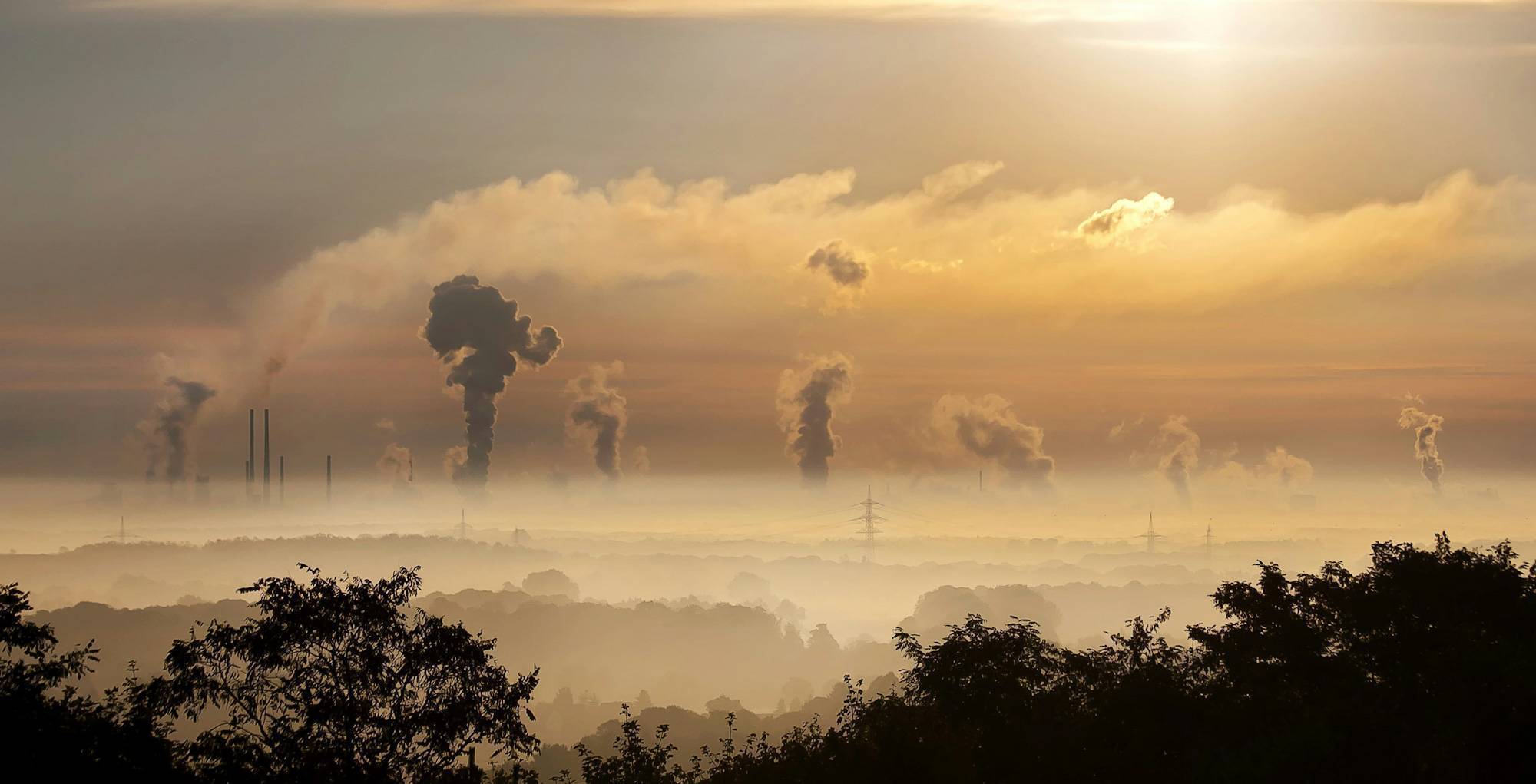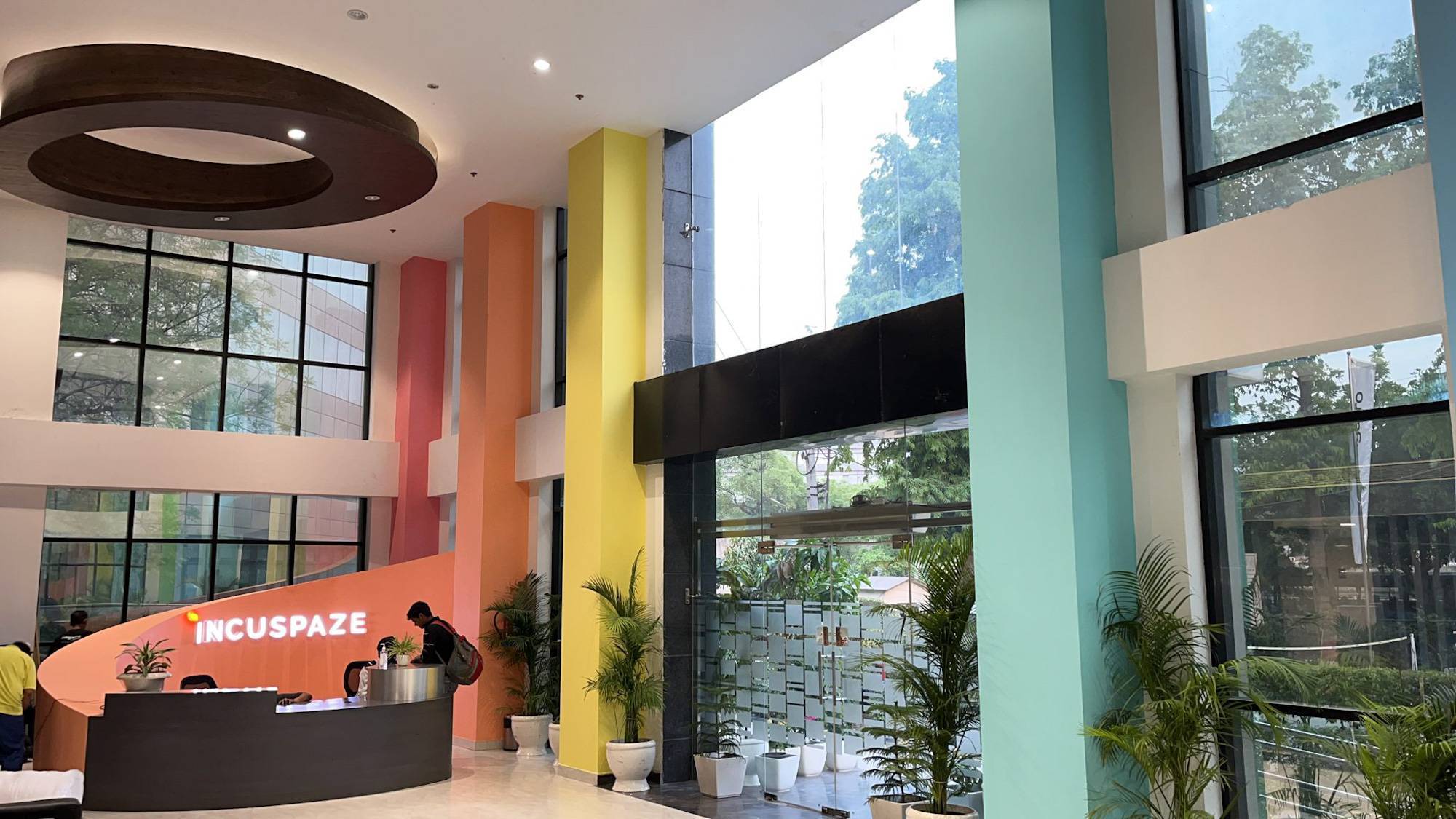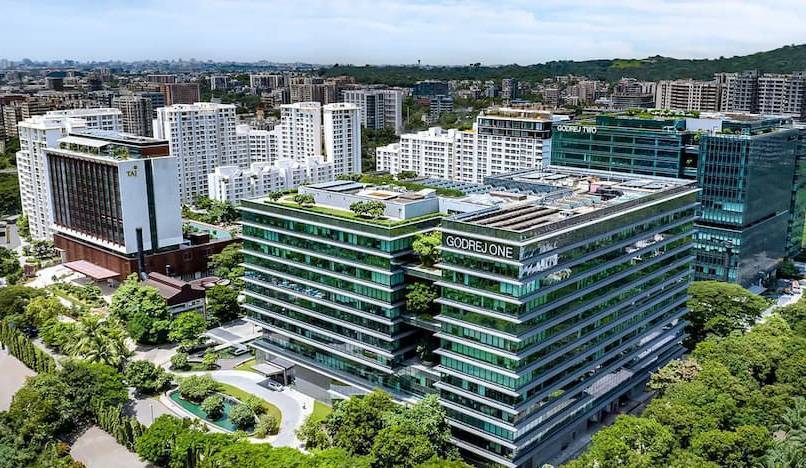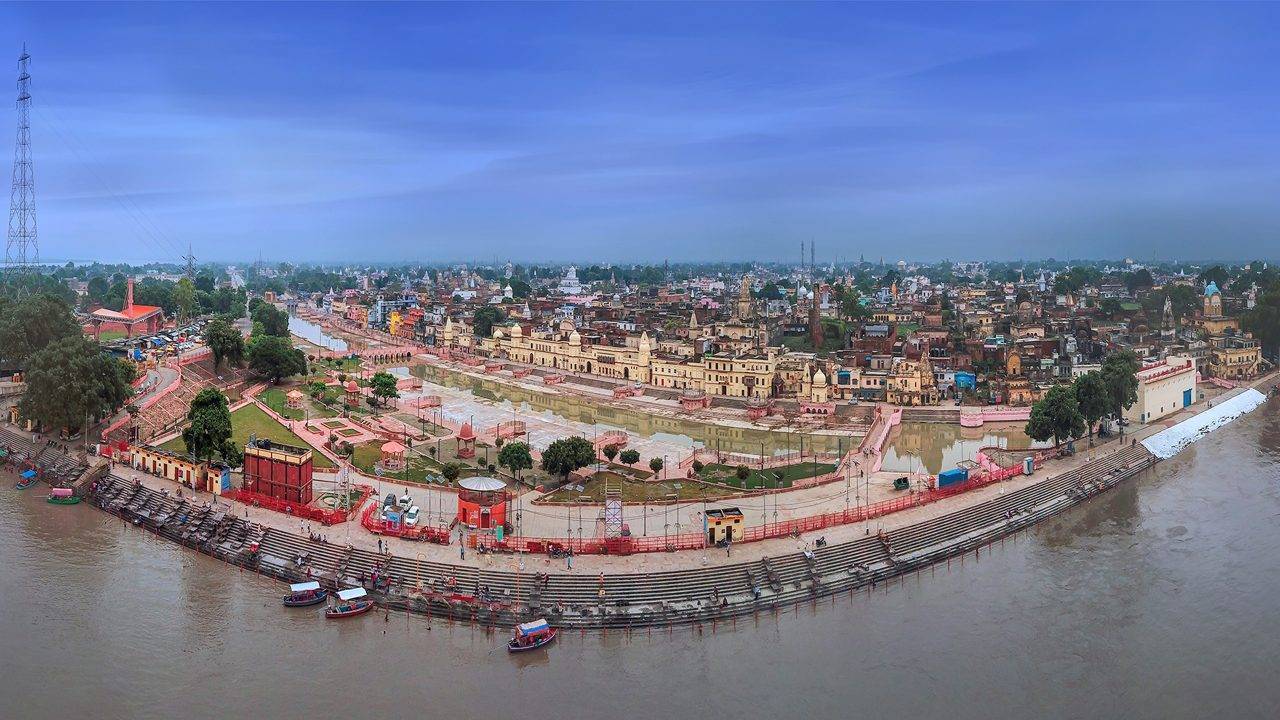Air Air pollution is one of the most critical environmental challenges facing India today, with serious implications for public health and the environment. Urban and rural areas alike are grappling with rising levels of pollutants, exacerbated by rapid industrialization and vehicular emissions. Recognizing the urgency of the situation, the Indian government launched the National Clean Air Programme (NCAP) in 2019, aiming to combat air pollution and restore air quality across the nation. The NCAP, a comprehensive nationwide initiative, has emerged as a pivotal force in the fight against air pollution, setting ambitious goals to mitigate particulate matter and improve overall air quality.
Recent reports from the Central Pollution Control Board (CPCB) highlight significant progress in this effort. Cities across India are making strides in reducing PM10 pollution levels—a critical measure of air quality. The NCAP’s initial target of reducing particulate pollution by 20-30% by 2024 has now been extended, with an even more ambitious goal of achieving a 40% reduction by 2026.. In this feature, we explore recent findings from the CPCB report highlighting cities that are leading the charge in air quality improvement, setting examples for others to follow through innovative approaches, policy interventions, and infrastructure upgrades.
Surat: Leading the Pack
Surat, Gujarat's bustling metropolis, has emerged as the top performer in air quality improvement. The city has seen substantial reductions in PM10 levels, a key indicator of air pollution. Surat’s success is attributed to a combination of robust air quality management practices and infrastructure improvements. Initiatives such as road paving, mechanical sweeping, and enhanced solid waste management have played a crucial role in this achievement. Surat's example underscores the effectiveness of comprehensive urban air quality strategies.
On September 11, 2024, Surat, Gujarat, recorded a PM10 level of 22 µg/m³ in its Air Quality Index. This indicates that the air quality is generally acceptable for most individuals, with no significant health concerns for the majority of the population. With these moderate levels, the city's air quality remains manageable, contributing to a healthier and more comfortable living environment.
Jabalpur and Agra: Close Contenders
Jabalpur in Madhya Pradesh and Agra in Uttar Pradesh have also made significant progress. Jabalpur, known for its efforts in greenbelt development and intelligent traffic management, has seen considerable improvements in air quality. The cities secured second and third places, respectively, in the rankings for air quality improvements. Showing notable progress in reducing PM10 pollution levels, but were slightly lesser then Surat.
Varanasi and Dhanbad: Notable Achievements
Varanasi, the spiritual hub of Uttar Pradesh, and Dhanbad in Jharkhand are among the 21 cities that have achieved a reduction of over 40% in PM10 levels compared to 2017-18. Varanasi has implemented several initiatives, including the bioremediation of legacy waste and the development of green spaces. Dhanbad, an industrial city, has focused on controlling emissions from coal-related activities and enhancing urban green cover.
Ahmedabad and Ghaziabad: Significant Reductions
Ahmedabad in Gujarat and Ghaziabad in Uttar Pradesh have also shown considerable reductions in PM10 pollution, ranging from 30-40%. Ahmedabad’s approach includes promoting mechanical sweeping and improving traffic management systems. Ghaziabad has invested in green infrastructure and waste management practices to tackle air pollution effectively.
Kolkata and Jodhpur: Areas for Improvement
Kolkata, one of India’s major metropolitan areas, has reduced PM10 pollution by 30-40%. The city has faced challenges related to high vehicular emissions and industrial pollution. However, recent efforts in traffic management and waste processing are helping to address these issues. Jodhpur in Rajasthan has also seen notable reductions through similar measures, though ongoing efforts are required to sustain these improvements.
Cities with 20-30% Reduction
Several cities have achieved a reduction in PM10 levels by 20-30%. These include Surat, Noida, Bengaluru, Hyderabad, and others. Surat’s continued efforts in air quality management have made it a leader, while other cities are making gradual progress. Bengaluru, known for its tech industry and rapid urbanization, has implemented initiatives to manage vehicular emissions and industrial pollution.
Cities with 10-20% Reduction
Cities such as Delhi, Howrah, and Thane have recorded a 10-20% reduction in PM10 pollution. Delhi, the national capital, has faced persistent challenges due to its large population and high levels of industrial and vehicular emissions. However, recent measures, including enhanced monitoring and stricter pollution control regulations, have contributed to some improvement. Howrah and Thane have also made progress through various local initiatives and improved waste management practices.
Future Directions
The NCAP’s revised target aims for a 40% reduction in PM10 pollution by 2026. Achieving this goal will require continued efforts from cities across India. Key activities include enhancing public transportation, promoting green technologies, and increasing community awareness about air quality issues. Cities that have already demonstrated significant improvements, such as Surat and Jabalpur, serve as models for other urban areas.
Conclusion
The progress made by Indian cities in improving air quality is a testament to the effectiveness of the National Clean Air Programme and other local initiatives. While cities like Surat, Jabalpur, and Agra lead the way with substantial reductions in PM10 levels, others are making significant strides in tackling air pollution. The continued focus on comprehensive air quality management and sustainable practices will be crucial in achieving the NCAP’s ambitious goals and ensuring cleaner air for all.









.png)